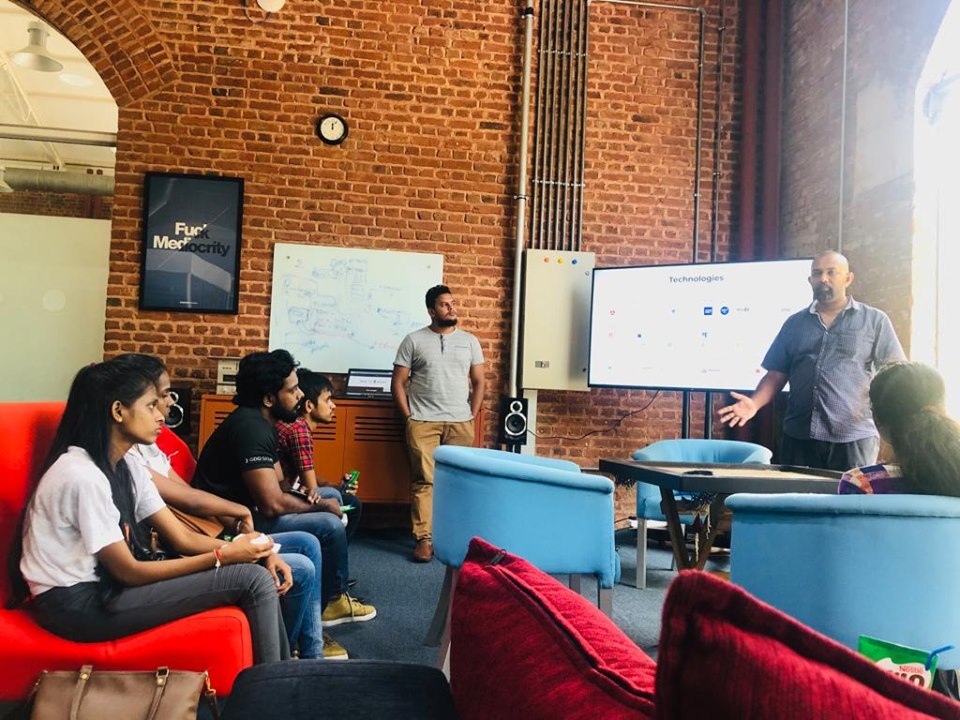Is there a right way to use your customers data?
In a world where data was touted as the ‘new oil’, it was only a matter of time before the debate between privacy and data sharing reached a new crescendo. Starting with Cambridge Analytica, scandal after scandal has kept alive the ever-evolving debate around how our personal data is collected and used.

To begin with, sharing data does have its merits. For instance:
- Medical researchers need access to confidential patient data to use in their studies of diseases to identify cures.
- Retail chains need consumer data to identify markets that can support new stores while meeting demand.
- Municipalities need to share data to improve transit systems and public safety.
- Makers of intelligent connected cars need to enable vehicle data exchange and the monetization of vehicle data while protecting data privacy.
However, when companies and app developers start using this vast pool of data at their disposal to create new revenue streams by essentially commoditizing the user, there arises a question about the ethics of such practices. For instance, The Verge has revealed that while struggling to generate revenues post-IPO, Facebook considered selling access to user data in order to make money. Last year, Buzzfeed News revealed that out of nearly 160,000 free Android apps available on the Google Play Store, nearly 55% tried to extract and share the users location with third parties, while 30% accessed the device’s contact list.
In light of all this, it is only natural for users to start worrying about the privacy of their data, prompting governments to crack down hard on firms and developers who misuse personal data. But, as developers, how do we ensure that the data we collect is used for the common good, and not for any nefarious purposes (even by accident)? Where do we draw the line when it comes to data collection practices?
Here is a list of best practices (and common sense) which we advise our clients to follow
Have a privacy policy
Before you try to collect any data at all, it is important to think really hard about why you want to collect customer data, how you want to use it, and whether or not you will be sharing this data with external parties. Once these basics have been figured out, build upon them to formulate a data collection and privacy policy for your company, product, or app. Use simple, clear language (because nobody understands legalese), but run it past your lawyer to make sure that everything is okay. Finally, make the policy available and easily accessible on your website and app.
Be transparent
While the law may shape how you disclose your policies and handle your data, being transparent with your users about how their data is collected, used, and shared is a very good idea. After all, being transparent builds trust. Providing users with the power to control the data they share with you is also a giant leap forward. For instance, if you’re developing an app, consider providing users the ability to view, limit, or delete the data they have shared with you. This will ensure that whatever data you have with you, has been collected entirely with the consent of your users.
Designing self-service pages where users can control their data can be a huge step forward for user privacy and consensual collection. Users can understand the data they’ve explicitly provided, the data you’ve gathered in the background based on their usage, and the ongoing ways that data is currently entering your systems. This encourages users to take an active and considered approach to their own privacy and allows users to refuse specific types of collection with an understanding of how that may affect their access.
When given a choice between collecting and correlating data in the background and asking for it explicitly from users, it is usually best to tend towards the latter. While your privacy policy may outline various ways that you may gather data, asking directly will minimize surprises and help build trust. Users may be willing to provide more information when they feel like they control the interaction rather than when it is collected by monitoring behavior, which can feel intrusive.
If you’re domiciled in a locality where GDPR applies, then it goes without saying that almost all of the above are requirements that you must comply with. GDPR is essentially a legal framework which governs how firms can collect and handle user data, while providing greater protection and rights to individuals. The costs of non-compliance with GDPR can be quite high. Smaller offences could result in fines of up to EUR 10 million or two per cent of a firm’s global turnover (whichever is greater). Those with more serious consequences can have fines of up to EUR 20 million or four per cent of a firm’s global turnover (whichever is greater). For more information, see what The Guardian has to say.
Build strong safeguards
If you are collecting user data, a data breach can be your worst nightmare. Not only would it be a public-relations disaster, but in a worst-case scenario, it could spell the end of your company or startup. Data breaches lead to people’s identities being stolen, credit cards being opened in their name without them knowing it, and even fraudulent tax returns being filed. If you’re going to collect all this personal data, it’s your responsibility to safeguard the data you collect.
To that end, we recommend that you:
- Back up your data in case your systems crash
- Ensure there is no personally identifiable information within your database (make sure it’s all encrypted or anonymized)
- Have malware, antivirus software, and firewalls that protect from data breaches (and make sure it’s all up to date)
- Have an emergency plan in the event of a data breach
Minimise permissions
When you ask users permission to access certain data or services on their phones, ensure that you are only asking for permissions that are appropriate, and not excessively intrusive. For example, if your app is a simple tic tac toe game, it doesn’t make sense to ask the user for permission to access the camera on their device.
Don’t use code you don’t understand
Developers usually work with a lot of open-source software when building apps, and it is a very common (and good) practice to rely on other people’s code snippets, be it in the form of frameworks or libraries, where relevant. Platforms such as GitHub are a treasure trove of top-notch code snippets, which can often cut development time by a significant amount. But if that code is handling your users’ information inappropriately, it’s your problem. So make a point of checking code before you rely on it.
What are your thoughts on the data privacy vs. data sharing debate? Let us know in the comments below!
Cover image credits: Unsplash

























